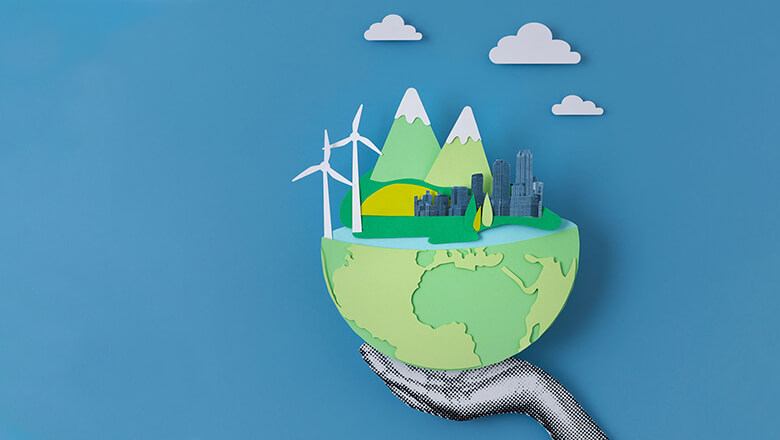The Pressure on Alternatives
There’s been a push for more eco-friendly sources of power in recent years due to a desire to protect the environment, and in favor of lower costs relative to traditional energy sources. For example, the cost of solar and wind generation has plummeted since 2010, with solar down 88% and wind down 46%.
Over the last five years, wind and solar rose to 6.4% and 4% of global power sources — gains of 68% and 285%, respectively. Amid Russia’s invasion of Ukraine, many world leaders are expressing increased urgency in terms of reducing the world’s reliance on oil and gas from Russia.
Pricing Pressure on Materials
Broadly speaking, the armed conflict that continues between Russia and Ukraine has raised material costs. Russia’s invasion has driven the price of commodities like steel, aluminum, and oil sky-high, which directly impacts the cost to produce alternative energy sources. In the US, tariffs on Chinese imports are also pushing prices higher.
Long-term contracts for wind and solar rose 12.1% and 19.2% last year, respectively, according to a report by LevelTen Energy. As demand grows, alternative energy companies are also struggling with supply-chain issues and overstretched grid operators.
Companies Shifting Strategies
Some companies are making tactical shifts in response to these new challenges. Engie SA (ENGIY), a French utility company that offers low-carbon energy, is shortening the time between entering into customer contracts and start dates to reduce inflation uncertainty.
US-based Competitive Power Ventures is trying to get ahead of any supply issues by buying more solar panels than it currently needs. Schneider Electric SE (SBGSY) is taking similar steps in an effort to make purchases today and hopefully avoid future inflation-driven prices. These companies are feeling the need to be increasingly nimble amid so much uncertainty within the market.
The shift toward renewable sources may end up causing less volatility in the long run, but energy markets remain largely in flux for now.
Things are changing daily within the financial world. Sign up for the SoFi Daily Newsletter to get the latest news updates in your inbox every weekday.
Please understand that this information provided is general in nature and shouldn’t be construed as a recommendation or solicitation of any products offered by SoFi’s affiliates and subsidiaries. In addition, this information is by no means meant to provide investment or financial advice, nor is it intended to serve as the basis for any investment decision or recommendation to buy or sell any asset. Keep in mind that investing involves risk, and past performance of an asset never guarantees future results or returns. It’s important for investors to consider their specific financial needs, goals, and risk profile before making an investment decision.
The information and analysis provided through hyperlinks to third party websites, while believed to be accurate, cannot be guaranteed by SoFi. These links are provided for informational purposes and should not be viewed as an endorsement. No brands or products mentioned are affiliated with SoFi, nor do they endorse or sponsor this content.
Communication of SoFi Wealth LLC an SEC Registered Investment Adviser
SoFi isn’t recommending and is not affiliated with the brands or companies displayed. Brands displayed neither endorse or sponsor this article. Third party trademarks and service marks referenced are property of their respective owners.
SOSS22033001
The post Russian Invasion Threatens Clean Energy As Costs Rise appeared first on SoFi.





Leave A Comment